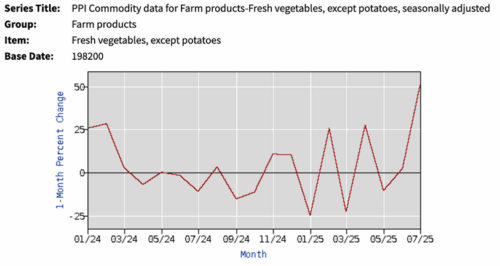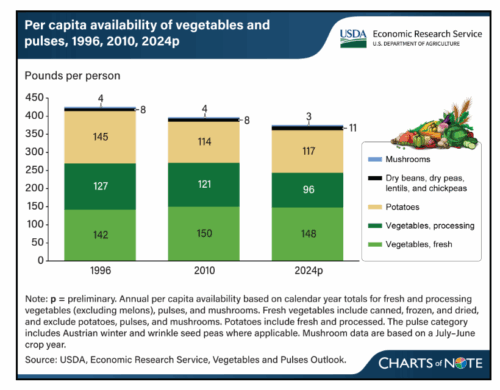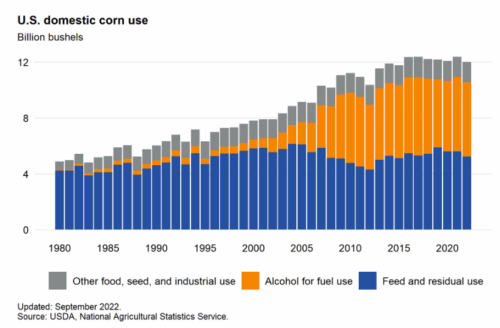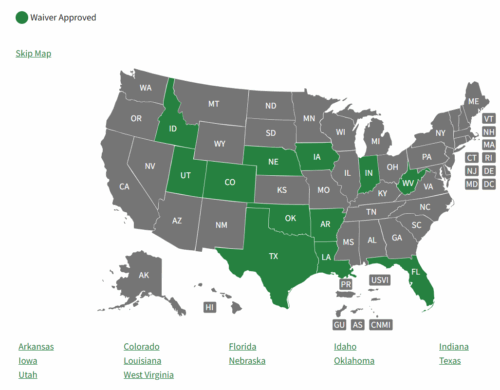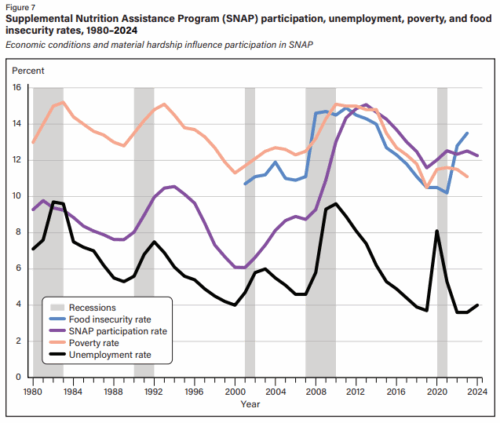The press release: USDA Secretary Brooke Rollins Approves First Ever State Waiver to Restrict Soda and Energy Drinks from Food Stamps in Nebraska
U.S. Secretary of Agriculture Brooke L. Rollins today signed the first-ever waiver to amend the statutory definition of food for purchase for Nebraska’s Supplemental Nutrition Assistance Program (SNAP). Effective January 1, 2026, taxpayers will no longer be subsidizing the purchase of soda or energy drinks in the State of Nebraska.
Nebraska governor Jim Pillen put it this way:
There’s absolutely zero reason for taxpayers to be subsidizing purchases of soda and energy drinks. SNAP is about helping families in need get healthy food into their diets, but there’s nothing nutritious about the junk we’re removing with today’s waiver. I’m grateful to have worked with Secretary Rollins and the Trump Administration to get this effort across the finish line. It is a tremendous step toward improving the health and well-being of our state. We have to act because we can’t keep letting Nebraskans starve in the midst of plenty.
USDA Secretary Rollins then announced approval of SNAP soda waivers in Indiana and Iowa.
On Secretary Rollins’ first full day in office, she sent a letter to the nation’s governors (PDF, 88.8 KB), outlining her vision for the Department and inviting them to participate in a new “Laboratories of Innovation” initiative to create bold solutions to long-ignored challenges.
More are sure to follow.
Full disclosure: I was a member of the advisory committee for SNAP to Health, a project of the Center for the Study of the Presidency and Congress, chaired by Dr. Susan Blumenthal. We released our report at a congressional briefing in 2012 (here’s what I said about it at the time. Alas, most of the links no longer work, but here’s the report).
One of our recommendations:
Provide States with Flexibility to Evaluate Fresh Approaches to SNAP The USDA should grant states greater flexibility for waivers to pilot test and evaluate program changes in SNAP that would improve nutrition (e.g. pilot projects to assess the feasibility of incentivizing the purchase of healthy foods and/or limiting the purchase of high-calorie, nutrient-poor products with
SNAP benefits).
Our commission favored pilot projects to remove sodas from SNAP, but not at the expense of overall benefits. We cited evidence that SNAP recipients would not necessarily object to having sodas removed; they could still buy sodas using their own money.
Historical note: the original plan for food stamps, the forerunner of SNAP, was to have sodas on the list of foods that could not be purchased with benefits. The soda industry and retailers succeeded in lobbying to keep sodas in the program.
Guess who is objecting to the waivers: soda trade associations and retailers. They say the new exclusions are “misguided” and could “create chaos and confusion.”
Food assistance advocates have long argued that restrictions are condescending and are in any case a cover for cutting SNAP benefits.
They are not wrong about that. The Trump administration has cut SNAP benefits by 20% or so.
Will budget cuts make SNAP recipients healthy again? I doubt it.
As for the waivers: I hope researchers in these states are lining up.
I want to know what effect these restrictions will have on overall SNAP food and drink purchases, drink purchases using their own funds, and overall health. And I particularly want to know how SNAP recipients feel about the changes.
Resource
USDA’s tracking page on SNAP waivers
